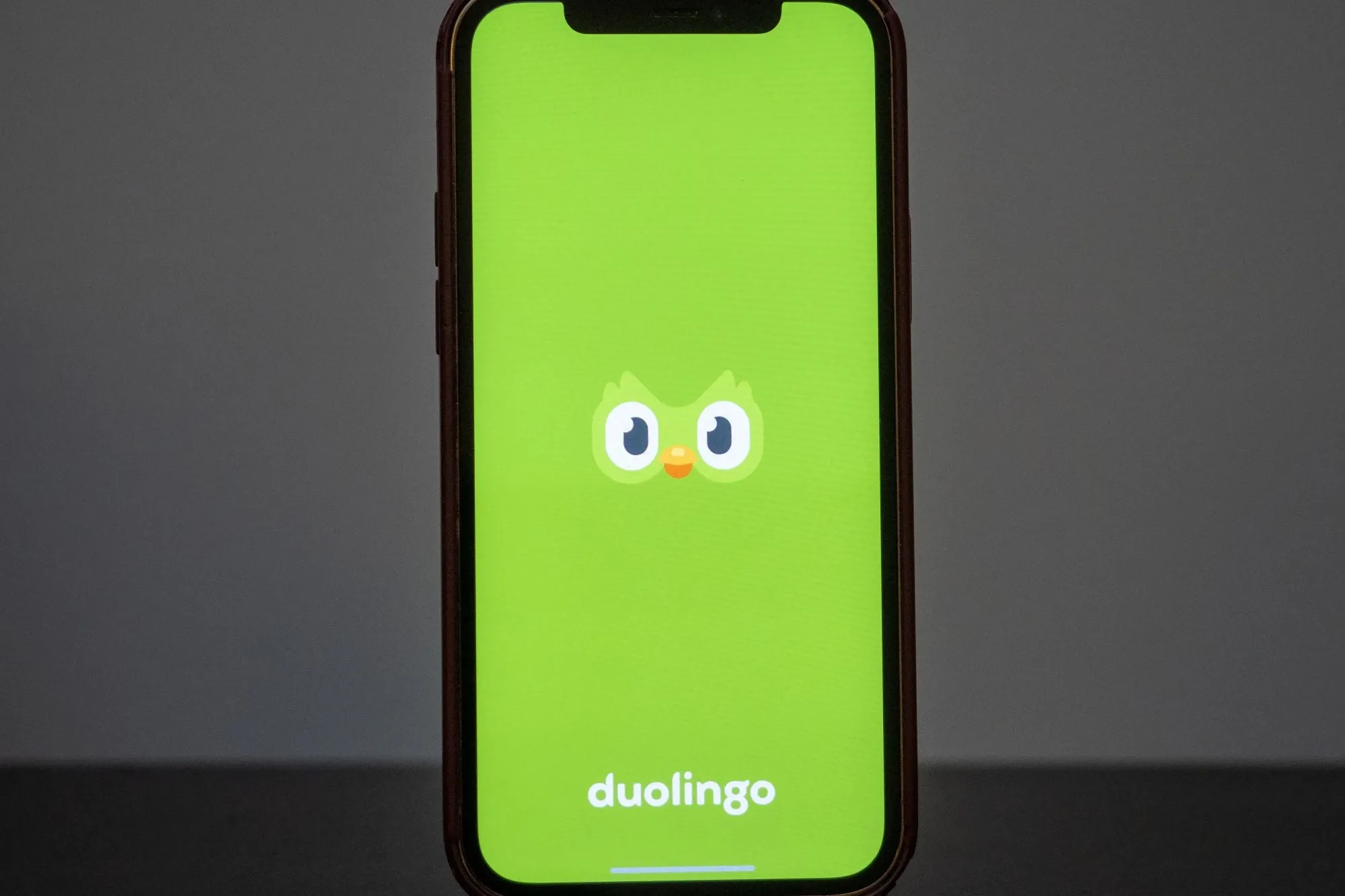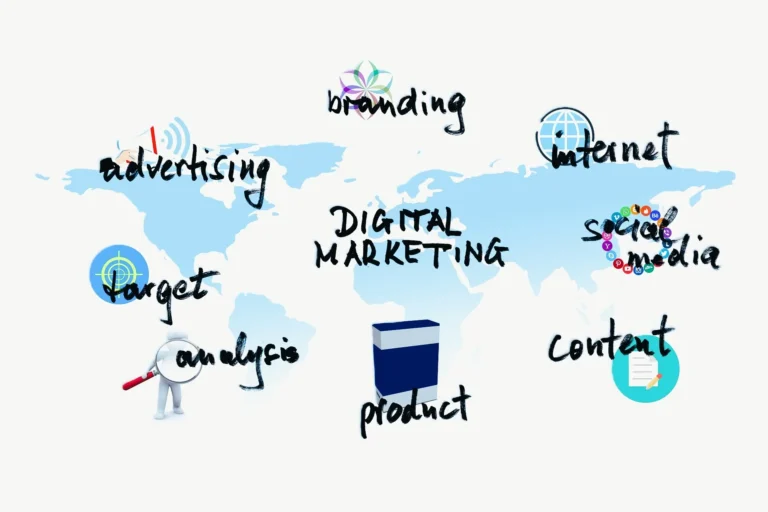The Role of AI in Enhancing Personalized Learning Experiences
Artificial Intelligence (AI) is no longer just a concept from science fiction. It has rapidly become a vital part of various industries, and education is no exception. With the demand for more personalized, engaging, and effective learning experiences, AI has stepped in as a game-changer in education. But why is personalized learning so important? Imagine being in a classroom where the lesson is tailored specifically for you—your learning pace, strengths, and areas that need improvement. That’s the essence of personalized learning, and AI is making it happen.
What is Personalized Learning
Personalized learning is a modern educational approach that customizes learning experiences for each individual student. Unlike traditional teaching methods, where every student follows the same curriculum at the same pace, personalized learning tailors the content, instructional methods, and pace to suit each learner’s unique needs, strengths, and preferences. This approach places the student at the center of the learning process, allowing them to learn in a way that aligns with their interests and abilities. Personalized learning may involve technology-driven tools or simply a teacher’s flexibility in adapting lesson plans to cater to individual students.
Benefits of Personalized Learning in Modern Education
The advantages of personalized learning in today’s educational landscape are vast. First, it fosters a deeper engagement with the material. When students can learn at their own pace, they are less likely to feel frustrated or bored, which can often occur in traditional classroom settings. By keeping the content relevant to their needs, personalized learning helps students maintain a higher level of interest and motivation, which leads to more effective learning. Additionally, when students see progress in areas they previously struggled with, they gain confidence and become more active participants in their education.
Furthermore, personalized learning is especially beneficial in diverse classrooms, where students have varying abilities, interests, and learning styles. This approach ensures that no student is left behind. Struggling students receive the necessary support, while advanced learners are challenged with more complex tasks to keep them engaged. In addition, personalized learning supports teachers by providing real-time data and feedback on student performance, helping them make informed decisions about how to guide their students’ progress. Overall, personalized learning not only improves academic achievement but also prepares students to become lifelong learners by fostering a more individualized and adaptable mindset.
The Role of AI in Education
Artificial Intelligence (AI) is transforming education in ways that were unimaginable just a few decades ago. AI’s ability to automate routine tasks, analyze large sets of data, and create personalized learning pathways has made it an essential tool in modern education. One of the key roles AI plays is in streamlining administrative tasks, such as grading and attendance tracking, allowing teachers to focus more on interacting with students. Beyond administrative functions, AI has become a pivotal player in developing personalized learning experiences, where it tailors educational content to fit the needs of individual students.
Examples of AI-Driven Educational Tools
There are many AI-driven educational tools that have revolutionized the way students learn and engage with their education. Some notable examples include:
- Duolingo: This popular language-learning app uses AI to tailor lessons to each user’s learning pace and style. It adjusts the difficulty of tasks based on the user’s performance, ensuring that they are continuously challenged without becoming overwhelmed. The app uses machine learning algorithms to predict which words or concepts the user may forget, reinforcing these areas through repetition.
- Coursera: As one of the leading platforms for online learning, Coursera uses AI to recommend courses to learners based on their past preferences and performance. The AI system monitors how users interact with course materials and offers suggestions for additional topics, helping to guide learners through their educational journey more effectively.
- Smart Content: AI-powered tools like Cram101 and Content Technologies, Inc. (CTI) create digital textbooks and supplementary materials for students. These platforms can analyze existing textbooks and generate summaries, practice questions, and flashcards to aid in learning, offering personalized study aids that cater to individual student needs.
- Socratic by Google: This AI-powered app helps students with their homework by using a camera to scan questions and providing explanations, step-by-step solutions, and videos. It also offers suggestions for additional learning resources, making it a comprehensive tool for students seeking real-time help.
- Carnegie Learning’s MATHia: This AI-powered math tutoring system personalizes learning by tracking student progress and providing individualized feedback. It adjusts the difficulty and pace of the lessons according to each student’s level of understanding, ensuring that students receive targeted support exactly when they need it.
These tools demonstrate how AI is not just about automating the learning process but about enhancing it by offering a more customized, engaging, and effective educational experience. With AI, students receive personalized support that helps them learn more efficiently and deeply, while teachers benefit from insights and data that inform better teaching strategies.
How AI Enhances Personalized Learning
Artificial Intelligence (AI) plays a transformative role in personalized learning by tailoring educational content and experiences to meet the individual needs of students. AI-powered systems can assess students’ strengths, weaknesses, and learning styles in real-time, which allows for a dynamic learning process that maximizes student engagement and academic success. Unlike traditional learning approaches, AI adapts lessons to suit the progress of each learner, ensuring that they are neither overwhelmed by challenging material nor bored with content they have already mastered.
One of the primary advantages of AI in education is its ability to continuously analyze data and adjust the curriculum accordingly. This constant monitoring allows AI to personalize content in a way that traditional methods cannot. Whether through quizzes, assignments, or classroom participation, AI collects and evaluates student data to generate a tailored learning plan. This personalization focuses on areas where a student may struggle while still reinforcing strengths. Such an approach leads to more effective learning outcomes because students are receiving exactly what they need to succeed.
Tailoring Educational Content for Each Student
AI systems excel at tailoring educational content to the unique needs of each learner. They achieve this by analyzing various data sources, such as test scores, homework submissions, and class participation, to create an individualized learning plan. This plan identifies specific areas where students need improvement and offers them targeted exercises or alternative learning materials. For instance, if a student is struggling with geometry, AI-powered software may recommend additional videos or interactive exercises that break down complex concepts into more understandable parts.
In addition, AI can enhance a student’s strengths by providing more challenging tasks in areas where they excel. If a student demonstrates a strong understanding of a particular topic, the system can automatically increase the difficulty of lessons to ensure they are continuously engaged and learning. This personalized approach means that students spend less time on material they already know, allowing them to focus on subjects that require more attention, thus optimizing their overall learning experience.
AI’s Role in Identifying Learning Patterns
AI not only tailors content but also plays a crucial role in identifying learning patterns and trends. By tracking student behavior, AI systems can determine how well a student absorbs information and adjusts lessons accordingly. For example, if a student repeatedly struggles with certain types of math problems, the AI system will recognize this pattern and provide additional resources or simplified explanations to help them better understand the material.
Moreover, AI can track progress over time and highlight patterns that may not be immediately evident to teachers or students. For example, if a student consistently underperforms during midterms but excels in final exams, AI can identify potential causes, such as study habits or learning preferences, and make recommendations to improve their academic trajectory. This detailed, data-driven approach helps educators make informed decisions and provides students with the support they need to succeed.
Real-Time Feedback for Students
One of the most significant benefits of AI-driven learning systems is their ability to provide real-time feedback. In a traditional classroom setting, students may have to wait days or even weeks to receive feedback on assignments or tests. However, with AI-powered systems, students can receive immediate feedback on their performance, allowing them to understand their mistakes and correct them quickly. This instant feedback is invaluable in keeping students engaged, as it reinforces the learning process and prevents small errors from becoming ingrained habits.
AI feedback systems also offer more detailed, personalized insights than traditional grading methods. For example, instead of simply indicating that a student answered a question incorrectly, the AI system can provide an explanation of why the answer was wrong and suggest strategies for solving similar problems in the future. This level of detailed feedback helps students not only correct their mistakes but also gain a deeper understanding of the subject matter, ultimately leading to improved academic performance.
| Aspect of AI in Learning | Functionality | Benefits to Students | Impact on Teachers |
| Tailoring Educational Content | AI analyzes quizzes, assignments, and participation to create custom learning plans | Students receive targeted lessons that focus on areas of improvement | Teachers can better focus on guiding students individually |
| Identifying Learning Patterns | AI tracks student behavior and learning progress over time | Identifies strengths and weaknesses, offers tailored resources | Helps teachers spot trends and make informed teaching decisions |
| Real-Time Feedback | AI provides instant, detailed feedback on assignments and tests | Students correct mistakes quickly and improve faster | Reduces teacher workload by automating feedback processes |
| Curriculum Customization | AI modifies difficulty and pace based on student performance | Keeps students engaged by adjusting to their level of understanding | Enables differentiated instruction with less manual effort |
AI-Powered Adaptive Learning Systems
AI-powered adaptive learning systems are at the forefront of personalized education, adjusting the difficulty and pace of lessons in real-time based on student performance. These systems dynamically evaluate how well a student is absorbing information and modify the learning path to better suit their needs. If a student is excelling in one area, the system will present more challenging material to prevent them from becoming bored. Conversely, if a student is struggling, the AI will adjust the lesson plan to provide additional support and simpler explanations.
These adaptive systems are designed to create a more personalized learning experience by continuously assessing student progress. The AI’s ability to adapt lessons to fit individual needs ensures that students remain engaged and do not become frustrated with content that is too difficult or too easy. This flexibility not only improves student performance but also fosters a deeper understanding of the subject matter, as students can learn at their own pace and in a way that aligns with their unique learning style.
Adaptive Learning
Adaptive learning leverages AI algorithms to personalize educational content dynamically, adjusting the curriculum in real time based on a student’s performance. If a student finds a topic too easy, the system will raise the difficulty level by introducing more complex problems or advanced topics. On the other hand, if a student is having difficulty with a concept, the AI will provide more foundational materials or simpler explanations, allowing the student to build their understanding step by step.
This form of personalized learning helps prevent students from becoming disengaged. For example, if a student struggles with a particular concept in science, the AI system will continue to reinforce that concept with interactive lessons and additional practice exercises until the student shows signs of improvement. Once they demonstrate mastery, the system automatically adjusts to introduce more advanced topics, ensuring that the student is always appropriately challenged.
Case Studies: Effective AI-Powered Adaptive Systems
DreamBox, an AI-powered adaptive math platform, is one of the most notable examples of how effective these systems can be. DreamBox tailors lessons to meet each student’s individual needs by continuously assessing their progress. The platform provides personalized instruction by adjusting the difficulty and content based on real-time performance, ensuring that students remain engaged and are always learning at the right level.
Another successful case study is the AI-based reading program Lexia, which helps students develop literacy skills through personalized learning paths. Lexia’s adaptive technology evaluates students’ reading abilities and adjusts the curriculum to target specific areas of improvement, such as phonics, vocabulary, and comprehension. By using AI to personalize reading instruction, Lexia ensures that students receive the right level of support and challenge, which accelerates their reading development and overall academic performance.







